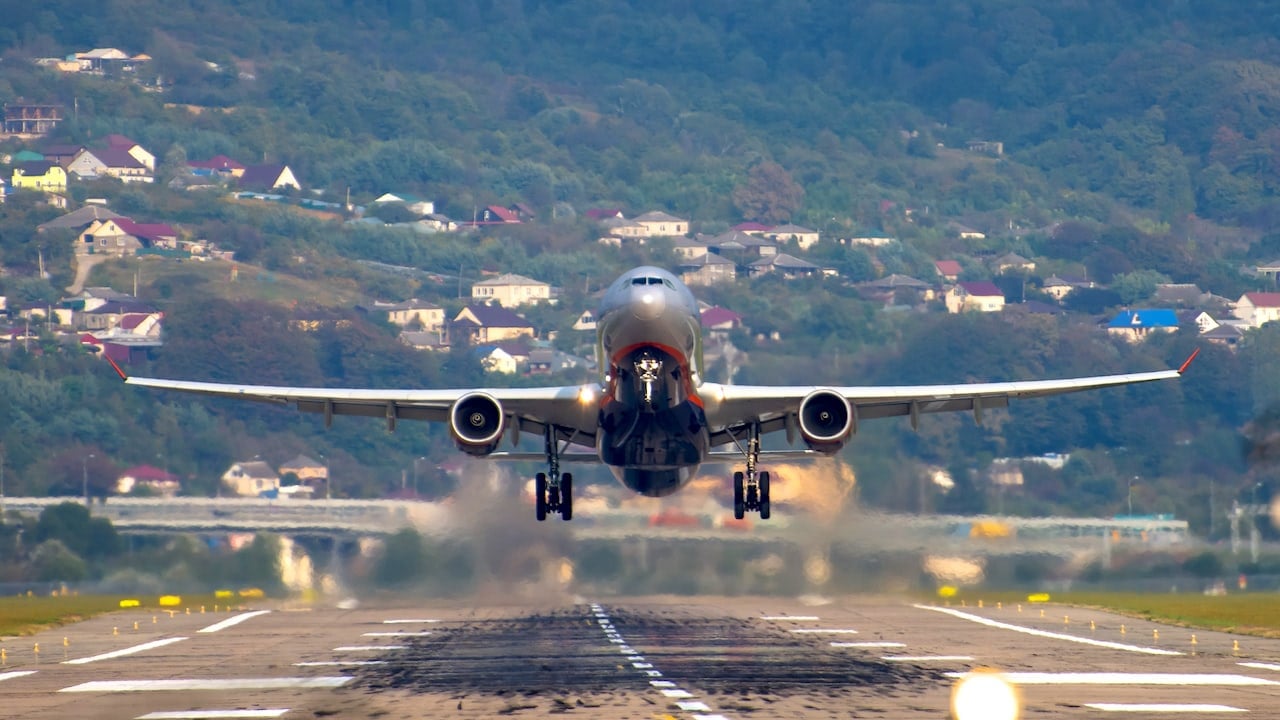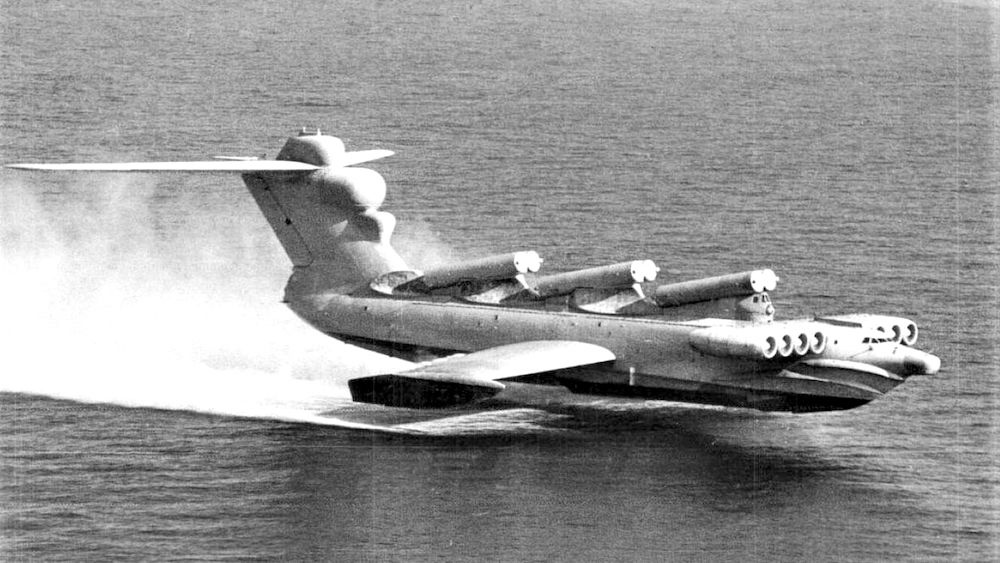When an aircraft flies close enough to the surface, a difference in wing pressures is produced that gives rise to the ground effect.
As we explained in this post on the Venturi effect, for lift to be generated, it is essential that there is a difference between the wing pressures.
But what is ground effect, really, and why does it make landing difficult by making the plane bounce like a spring? And how can we minimise ground effect to land safely? We tell you all about it below.




